The number of people wanting to buy within the double grammar zone in Auckland has risen in the last couple of months, likely due to the uncertain economic climate, says Ray White agent Steve Koerber, who sells in and around Remuera.
He has found that people are less open to buying outside the grammar zone because if they bought out of zone, then they tend to send their children to one of the prestigious private schools which is not cheap and could add up to more than $60,000 a year in fees for three children.
“I have seen people buy lesser quality homes than what they could get outside [the zone] but they compromise because their cash flow is not compromised if their children are going to grammar.”
Buying in-zone means the children can go to Auckland Grammar and Epsom Girls’, and buying outside the zone means sending them to private schools like St Kentigern, King’s College, Diocesan girls’ and St Cuthbert’s.
Start your property search
The grammar zones include much of Remuera, part of Epsom, Parnell, Newmarket and parts of the city. Koerber says when people get in touch looking to buy a house, half the time is spent asking about grammar zones.
Read more:
- Under $1m: The Auckland homes turning auctions into first home buyer fight clubs
- When to go nuclear: The risks and rewards of pre-auction offers
- $2m time warp house goes under the hammer, in the suburb that doesn't want to sell
Agents report prices in suburbs like Remuera fluctuate less than elsewhere during market changes, although sales data from OneRoof’s data partner Valocity was unclear as to whether in-zone suburbs survived better through the downturn than their out-of-zone neighbours.
The data shows there was strong price growth in-zone during the boom, however, double grammar zone properties did not reach the giddy percentage increases seen by Auckland overall.
From the start of 2020 to the market peak in November 2021, Auckland’s median price grew 49% while the median sale price for double grammar zone properties jumped only 27%.
At the other end, the rate of decline in double grammar zone sale prices since the peak has been softer at 18% than the 23% seen for Auckland overall.
However, when narrowed down to just three-bedroom homes in the double grammar zone, which tend to be favoured by families wanting to break into the zone, there was a very strong 54% sale price increase for the same period – double the rate for all double grammar zone properties and above Auckland’s overall rate.
The subsequent price decline was worse for in-zone three-bedroom homes (down 28% from peak to trough), but they also bounced back faster, rising from a low of $1.5 million in the first quarter of this year to $1.839m for the second quarter.
Puncturing any firm conclusions that three-bedroom double grammar zone properties benefited more out of the boom, though, is the fact that the lift in the median sale price for neighbouring suburbs was higher.
Meadowbank’s median sale price jumped 81% during the boom, Royal Oak’s increased 56% and Mount Albert’s rose 61%.
Agents say there is no doubt people pay a premium to get into the grammar zone with similar properties outside the zone usually fetching less.
Koerber says a property worth $1.5m in-zone might not see a huge differential out of zone but that differential gets bigger as prices move into the $3m to $6m range.
It might then cost more like $500,000 extra to buy in-zone and at that point people make decisions around whether to pay the premium and have their children attend the state schools, or to pay less for a house nearby but spend more on fees for private schools.
Koerber says while listings overall are pretty low, anything that comes up in the double grammar zone is currently getting “jumped on”.
Alex Baker, from Barfoot & Thompson Remuera, says school zones have remained important throughout the housing downturn and people looking for certain zones, be it for secondary schools or good intermediate and primary schools, help keep the in-zone suburbs more buoyant.
He agrees that buyers make compromises on the size or type of house for schooling. “They'll go the extra mile to get into zone,” he says.

Ray White Remuera agent Steve Koerber says anything that comes up in the double grammar zone is currently getting “jumped on”. Photo / Fiona Goodall
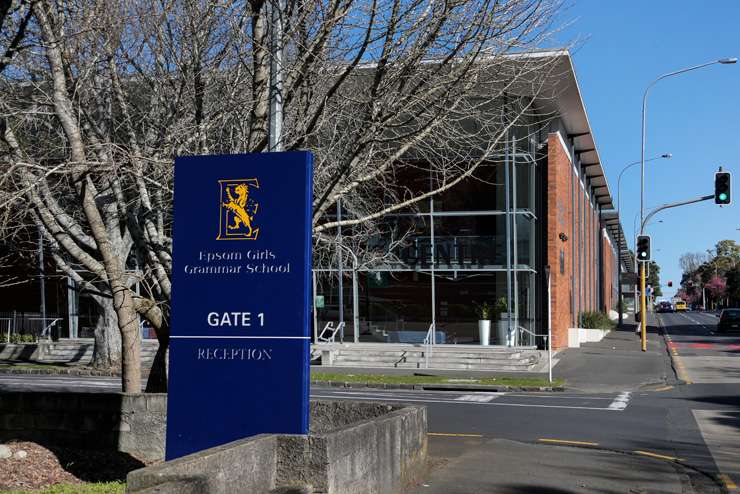
Epsom Girls’ Grammar School, in central Auckland, is considered one of the country’s top performing schools. Photo / Alex Burton
A two-bedroom terraced house new to the market at 1/78 Orakei Road in Remuera (with a CV of $1.24m) has attracted interest from families from outside the area who want somewhere in-zone.
In some cases, buyers won’t look at property outside the zone as their whole objective is to be in zone, and sometimes people buy a few years ahead of time to get in, Baker says.
Others are more fluid but the burning question is always whether to put the extra money into real estate in-zone or to pay the fees for private school.
“For a lot of people it’s more affordable I think probably to buy the real estate for the long-term than it is to look at the prospect of years and years of school fees and particularly if people have got slightly larger families.”
Baker says people from outside Remuera often think those who buy there are all rich but he says they’re not.
“They’ve made big sacrifices to educate their children and give them the best opportunity they can but not every house is filled with the latest furniture and trimmings.”
And not everyone in Remuera buys for the school zones. Baker points out the suburb has a broad demographic and a broad range of properties and prices, from one and two-bedroom units to multi-million-dollar mansions.
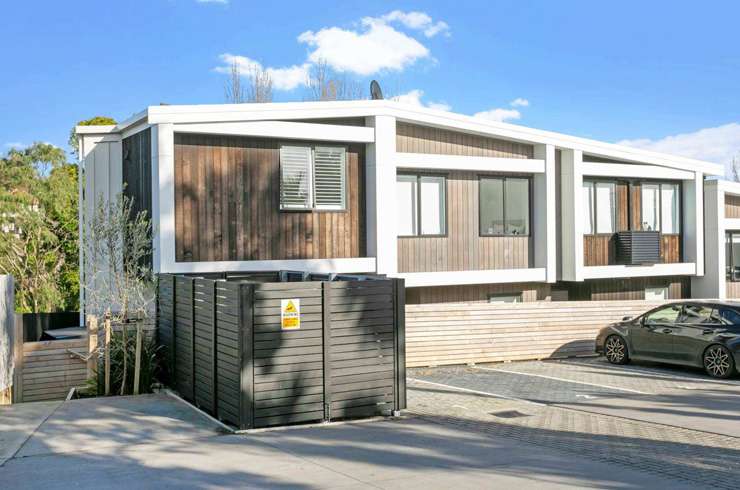
A two-bedroom townhouse at 1/78 Orakei Road, in Remuera, goes to auction on August 14. Photo / Supplied
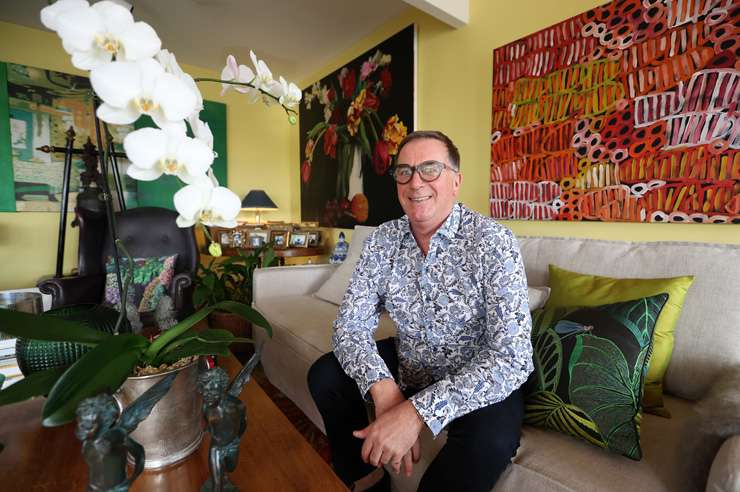
Barfoot & Thompson agent Alex Baker: “They've made big sacrifices to educate their children.” Photo / Fiona Goodall
Often the grammar zones are not a driving force for those in the upper-price bracket who send their children to private schools anyway, but another reason many buy in-zone is because they see the zoning as an insurance policy that protects value over the long-term.
Lorraine Young, of Bayleys Remuera, thinks double grammar zone addresses, particularly in Epsom and the northern slopes of Remuera, are insulated more against market fluctuations not just because of school zones but that they are in desirable locations accessible to transport, and the homes are lovely.
“When you’re getting into certain price ranges people like to be in a double grammar address because it’s considered to be prestigious irrespective of whether their kids go to grammar or not.”
Some buy high-end homes around Epsom because they are walking distance to grammar schools and private schools, or they might buy in Remuera so it’s easier for their children to get the train to King’s College, for example.
Young says while people who buy in the $5m and $6m bracket tend to send their children to private schools anyway, there is significant demand in the $2m area which is heavily zone oriented.
She also sees people plan years ahead to get into zone, saying they sometimes turn up with their toddlers and preschoolers.
It’s also common for people to migrate from suburbs like Herne Bay over into Remuera, Epsom and Parnell specifically so they can be in-zone or closer to the private schools, then once the children have finished school they sell up and move back.
Young thinks around 60% of inquiries are around schools and a good proportion of people go on to transact.
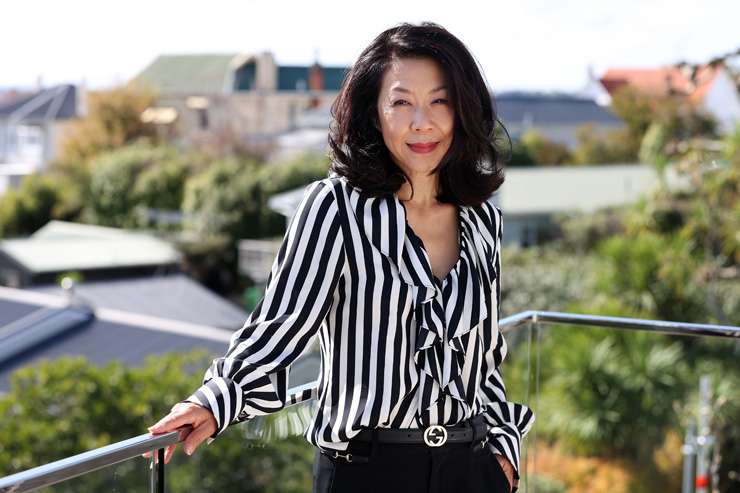
Bayleys agent Lorraine Young says double grammar zone is desirable – not just for educational reasons. Photo / Fiona Goodall
Across to the North Shore, Shane Coote, from Ray White Mairangi Bay, says school zones are always important no matter the state of the market.
However, he thinks there’s less “clamouring” from buyers wanting to get into particular school zones, such as for Westlake girls’ and boys’ high.
The issue of affordability means that buying into a school zone has not been so crucial over the last couple of years as people focus more on trying to get a house they can actually afford.
“I haven’t noticed as much people all climbing over each other to get into Westlake zone like they probably were two years ago or three years ago.”
But he points out the North Shore has many good schools so there are plenty of options around where to live.
“If you’ve got the exact same house in Westlake zone as opposed to Northcote College and all the other factors are the same, the Westlake zone home will be worth more but it's not so massive it’s like a really big deal.”
In Hamilton, Ray White principal Mark Keesom has seen a change in the areas people are chasing for school zones, but says that is independent of the housing downturn.
“I mean life carries on, doesn't it? People have kids and they need to get into a school zone they can afford to get into.”
The east side of the city used to be a high-demand area because of Hamilton Boys’ High and Hillcrest High, but there has been a swing towards new high schools and primary schools to the north of the city where Rototuna boys’ and girls’ highs are located, he says.
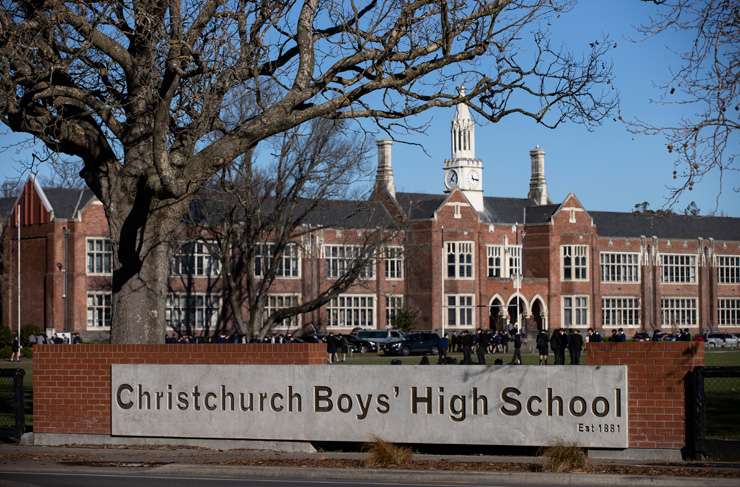
Homes in zone for Christchurch Boys' High School are popular in Christchurch. Photo / George Heard
“They’re the ones the government signed off on I think it was about three or four years ago which opened it up.
“It’s probably helped with the subdivisional growth out north because Hamilton has expanded quite drastically up that way so it's definitely helped with the uptake of properties.”
There are also new schools going into the south through Glenview, he says.
“There’s 5000 homes getting built in Glenview so people are starting to talk about getting their kids over to those schools at some point as well.”
In Christchurch, demand for school-zone suburbs has remained constant, says Bayleys agent Adam Heazlewood.
“Christchurch buying for families is largely dictated by them, there’s no question, and there are some school zones people work very hard to get within.”
People want the likes of Cashmere, Merivale and Fendalton for Christchurch boys’ and girls’ high schools, and a lot of people are keen for their children to attend Elmwood Normal School in Merivale.
Heazlewood also has buyers at the mid to higher end who tend to send their children to private schools, all of which he says have “huge” waiting lists.
- Click here to find properties for sale







































































